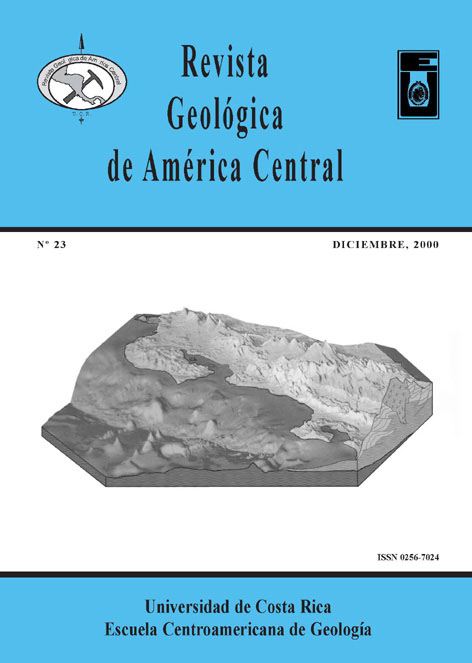Abstract
Gold and copper deposits in Central America are hosted by island arc volcanic rocks of Late Cre-taceous and younger age. Low potassium tholeiitic basalts form the base of the volcanic pile and were deposited in an intraoceanic island arc. Volcanism became more potassic with time, and by Late Miocene time, calc-alkaline andesites dominate the volcanic rock record. Alkaline volcanic rocks appeared about five million yearsago but are underreported in older portions of the arc.Porphyry copper deposits are centered on calc-alkaline plutons of intermediate (quartz diorite to quartz monzo-nite) composition and are typically anomalous in gold. Although some of the porphyry deposits contain in ex-cess of a billion tonnes, none are in production. Bonanza gold veins cluster around sub-volcanic intrusions indistricts which mimic the spacing of active volcanoes. Precious metal bonanzas, a number of which producedin excess of a billion ounces of gold, are responsible for the bulk of historic gold production in Central America. Hot spring gold deposits are being discovered along a regional unconformity which marks the emergence ofthe present-day island arc from the ocean. Although discovered only recently, some of these deposits already exceed a million ounces. Host rocks include exogenous domes and surrounding pyroclastic aprons.Exploration efforts today focus on bulk-mineable deposits: porphyry-related stockworks, skarns, and epithermalstockworks and disseminated deposits. Regional strike-slip faults parallel to the Nicaraguan depression controlthe distribution of both gold and copper throughout Central America. Age dates provide documentation for mi-neralization throughout the history of the arc, a period of close to 100 million years.##plugins.facebook.comentarios##
Downloads
Download data is not yet available.


